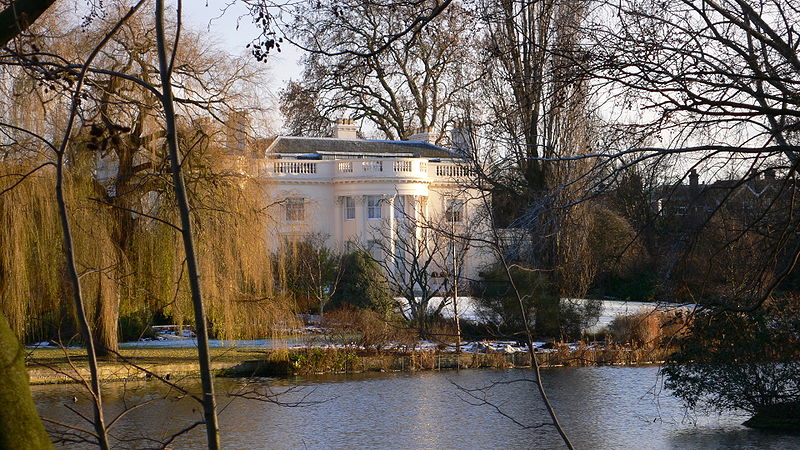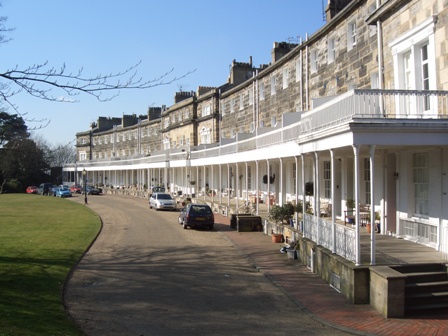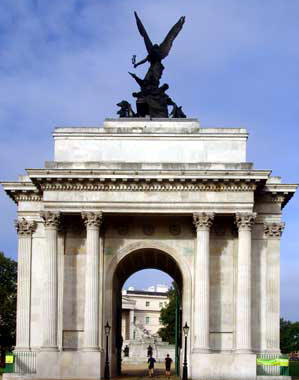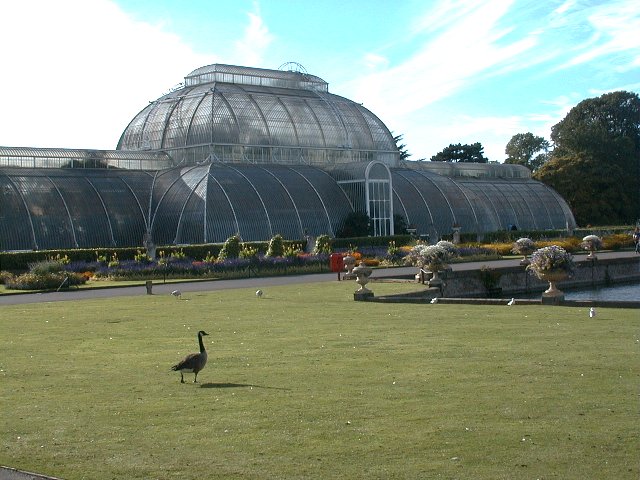<Back to Index>
- Philosopher Étienne Bonnot de Condillac, 1715
- Architect Decimus Burton, 1800
- Director General of Finance Jacques Necker, 1732
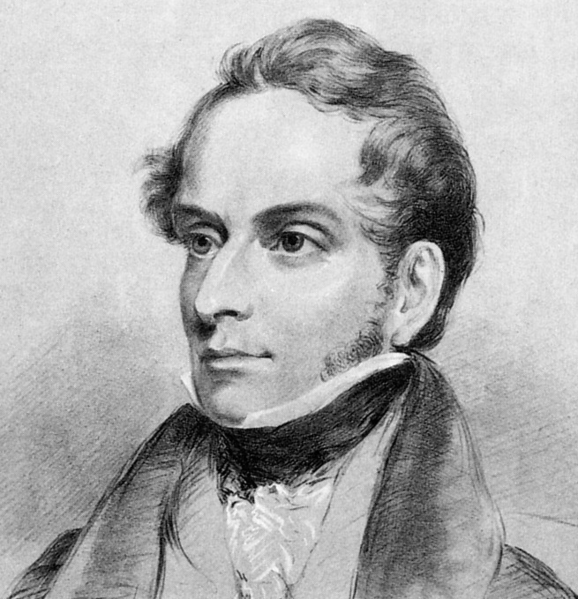

Decimus Burton (30 September 1800 – 14 December 1881) was a prolific English architect and garden designer, particularly associated with projects in the classical style in London parks, including buildings at the Royal Botanic Gardens, Kew and London Zoo, and with the layout and architecture of the seaside towns of Fleetwood and St Leonards-on-Sea and of Tunbridge Wells. (His first name, Latin for 'tenth', denoted his position as the tenth child in his family.)
Burton initially trained in the architectural and building practice run by his father James Burton (1761-1837), and then with John Nash for whom he elaborated on the designs of Cornwall Terrace, facing London's Regent's Park. His first major project (1823) was nearby: an enormous domed exhibition hall, the Coliseum (no longer standing – it was demolished in 1875 and the site is now occupied by the Royal College of Physicians). After this, he was appointed to design the gardens and buildings at the adjacent new London Zoo (the llama building (1828), complete with clock tower, no longer houses animals but is used as a First Aid Post, and is a Grade II listed building – as is his later (1834) Giraffe House).
He was responsible for planning the lay-out of Hyde Park (1825), and, at its south-east corner (Hyde Park Corner), designed the triumphal arch, the Wellington or Constitution Arch, to form the main western entrance to St. James's Park and Green Park. The arch was designed as a memorial to the Duke of Wellington and originally provided a grand entrance to London. Originally the arch was topped with an equestrian statue of the Duke but it was replaced with the current work, The Quadriga (1912) by Adrian Jones.
He had a 30-year association with the Royal Botanic Gardens, Kew, starting initially with the layout of gardens and paths before moving on to major buildings. With iron founder Richard Turner, he designed the glass and iron Palm House at Kew (1844-1848); at the time, this greenhouse was the largest in the world at 363 ft long (111 m), 100 ft wide (30 m) and 66 ft high (20 m). He then designed the even larger Temperate House, but did not live to see the project completed (although a section opened in 1863, lack of funds meant it was not finally completed until 1898). Other projects at Kew included the Victoria Gate (1848) and the Water Lily House (1852).
The other major concentration of Burton’s work is at Fleetwood on the Lancashire coast. Burton's work with his father on the East Sussex town of St Leonards-on-Sea (1827-1837) had impressed wealthy landowner Sir Peter Hesketh and he commissioned Burton to lay out his new port and seaside resort. Burton's buildings include the North Euston Hotel, Pharos Lighthouse and Beach Lighthouse, Queen's Terrace, St Peter's Church, the Town Hall and his own house on Dock Street (where he lived until 1844).
